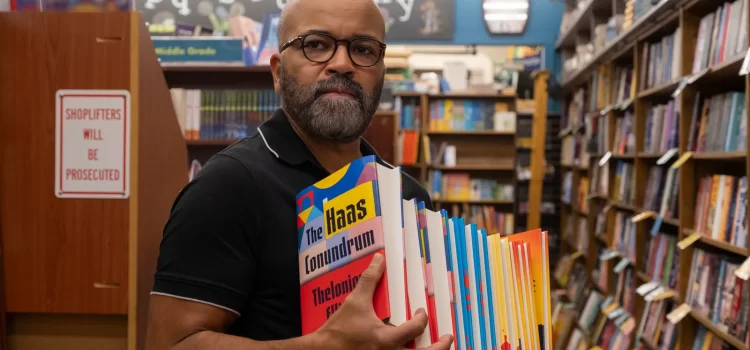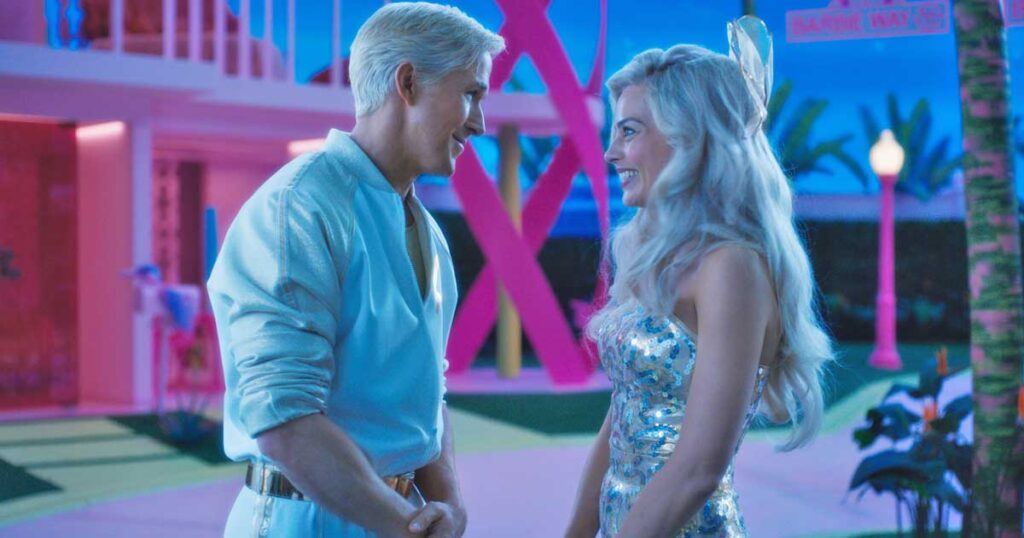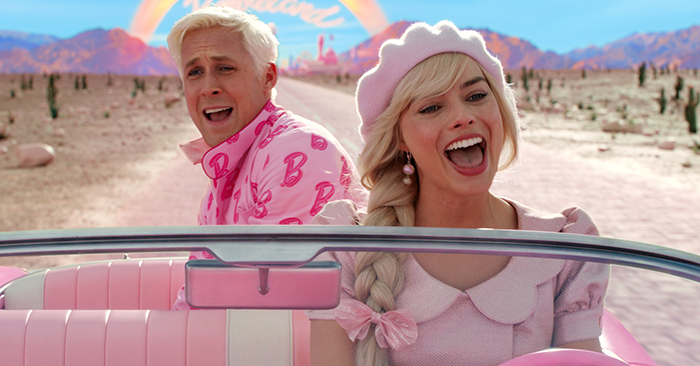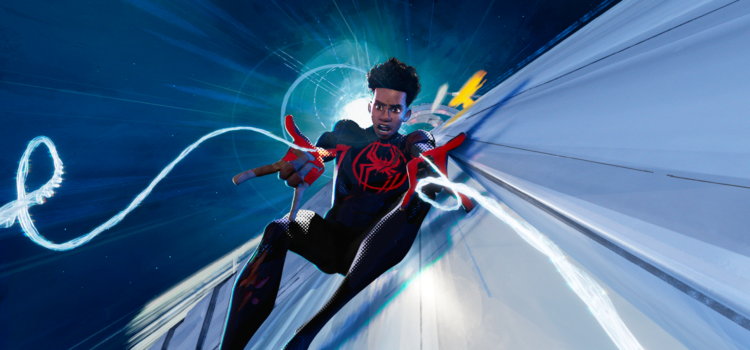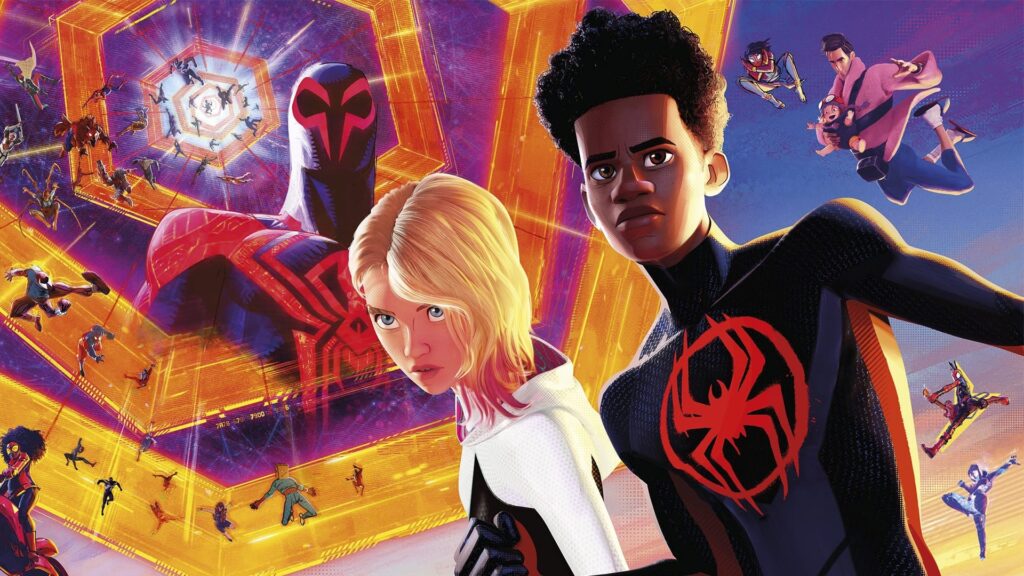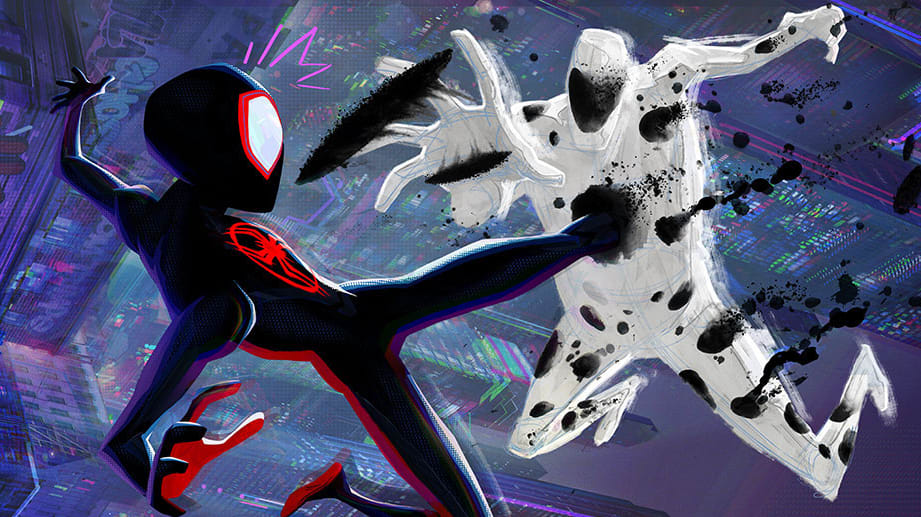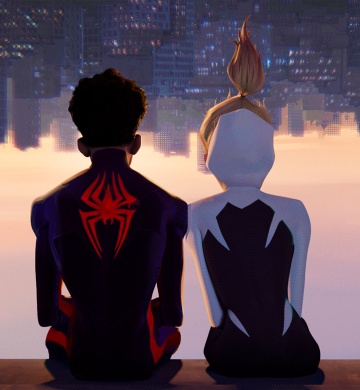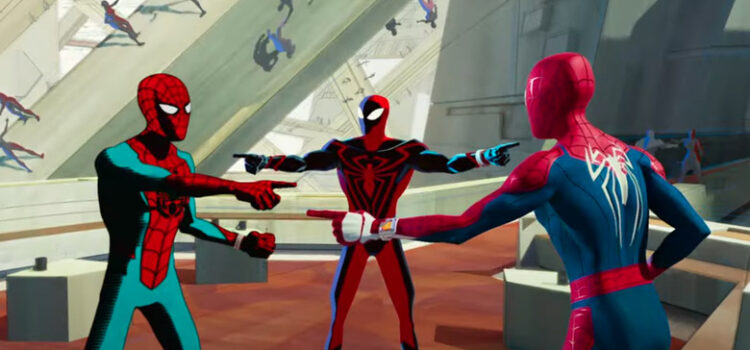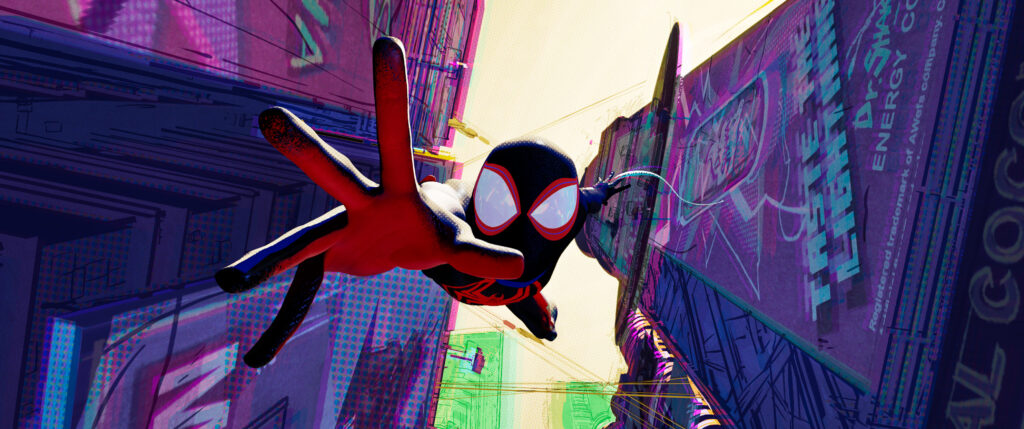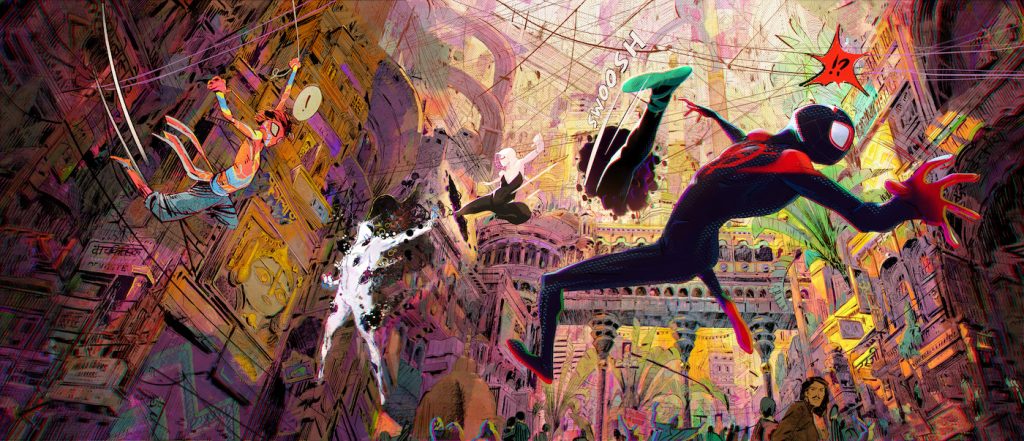By Lynn Venhaus
A scathing social satire about the current cultural obsession that reduces people to stereotypes is manifested in “American Fiction,” which is a remarkable directorial debut by Cord Jefferson.
Monk (Jeffrey Wright) is a frustrated novelist who is fed up with people profiting from ‘black’ entertainment that relies on offensive tropes. So, to prove his point, he uses a pen name to write an outlandish ‘black’ book of his own, which propels him to the heart of hypocrisy and the madness he claims to disdain.
Jefferson, who has toiled on some tony television series – “Succession” and “Watchmen” included, has cleverly adapted Percival Everett’s 2001 book “Erasure,” which criticizes the narrow view of black-focused entertainment like Sapphire’s novel “Push,” which was adapted into the film “Precious,” as authentic.
His sharp jabs against the publishing world and Hollywood entertainment that perpetuates tired cliches delivers some knockout punches, but there is a universal family dynamic as a major part of the journey too that emotionally connects.
Jeffrey Wright gives one of his best performances as Thelonius “Monk” Ellison, angry and alienating, who decides to fight back – if you ‘can’t beat them, join them’ – and dumbs down his writing in a book “My Pafology,” as Stagg R Leigh, an ex-con who’s on the run.
That not only gives him the praise that had eluded him but also enlarges the hypocrisy involved. As he tells his publisher, Arthur, nicely played by ace character actor John Ortiz: “The dumber I behave, the richer I get.”
In puncturing the stereotypes through thoughtfully written characters that are part of Monk’s personal orbit, Jefferson gives us a generational story that everyone can relate to because they appear as real people just trying to figure out life.
The supporting cast is exceptionally deep – creating nuanced turns are Sterling K. Brown as Monk’s irresponsible brother Cliff who has now come out as queer, Tracee Ellis Ross as his stressed-out lawyer sister Lisa and Leslie Uggams as their mother Agnes, who is beginning to show signs of dementia.
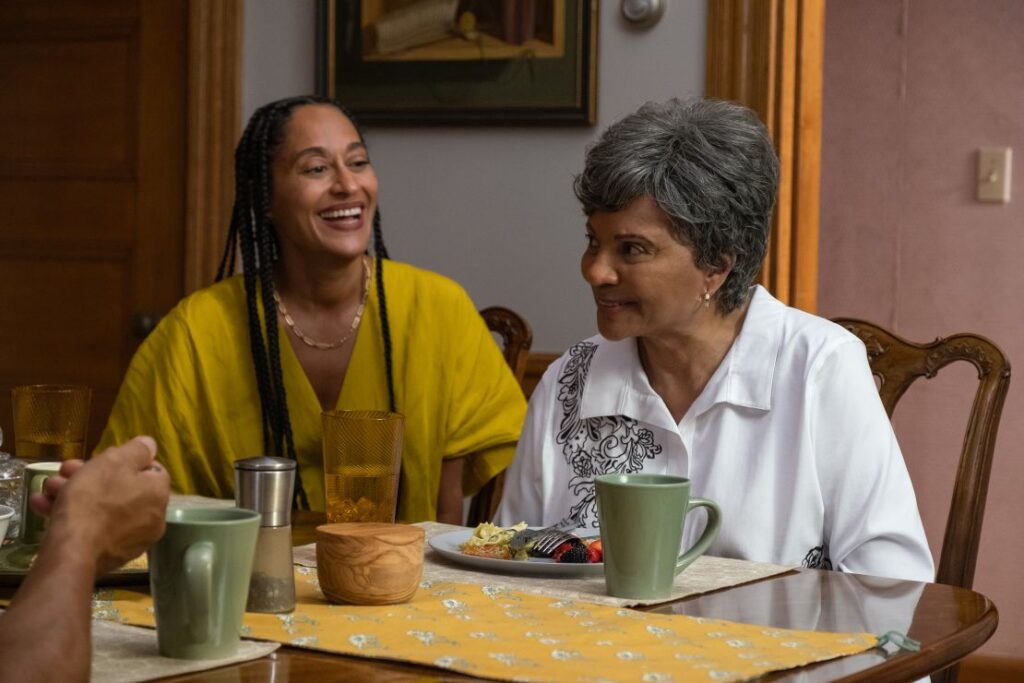
Lisa has been taking care of their mom, and Monk’s other siblings are harboring resentment about his lack of commitment to his family. Granted, he is in L.A., but now back in Massachusetts, where he’s staying at his childhood home, full of memories and triggers. This is a family of intellectuals whose lives are enriched through art and culture.
Erika Anderson creates another layer as a single woman lawyer romantically interested in Monk, but whose eyes are wide-open to his flaws.
Through his uneasy relationships with his family, we understand that Monk, often self-righteous and condescending, needs to change and could be ripe for a reckoning.
Issa Rae is buzzy author Sintara Golden who pushes all of Monk’s buttons with her critical darling but pandering book, “We’s Lives In Da Ghetto,” that the public has embraced for what they believe is black suffering,
Jefferson’s script is smartly written, but there is a lot to digest over the 2-hour runtime. Besides the blistering social commentary, the family story has multiple layers. This cast really delivers the film’s heart as these imperfect individuals go through changes, not forgetting the past relationships while forging new ones.
In a sweet subplot, the family housekeeper, Lorraine, beautifully played by Myra Lucretia Taylor, reunites with the beach town’s law enforcement officer Maynard (Raymond Anthony Thomas).
Laura Karpman’s jazz-inflected score delicately punctuates the exchanges and confrontations, and the film’s other elements are solid — cinematography by Cristina Dunlap, production design by Jonathan Guggenheim and editing by Hilda Rasula.
The film’s message is not unlike what Spike Lee attempted in 2000 with “Bamboozled,” only instead of television, this is set in academia and book publishing in today’s ‘influencer’ world.
The wrap-up isn’t as satisfying as it should be, but this material is clever and the performances so superbly rendered. “American Fiction” has enough thought-provoking material to keep us mulling over the body of work, and appreciate what it’s trying to say.

“American Fiction” is a 2023 social satire written and directed by Cord Jefferson. It stars Jeffrey Wright, Tracee Ellis Ross, Issa Rae, Sterling K. Brown, John Ortiz, Adam Brody, Leslie Uggams, Myra Lucretia Taylor, Raymond Anthony Thomas and Erika Anderson. It is Rated: R for language throughout, some drug use, sexual references, and brief violence. It opened in local theaters Jan. 5 after first debuting at the St. Louis International Film Festival in mid-November. Lynn’s Grade: A-

Lynn (Zipfel) Venhaus has had a continuous byline in St. Louis metro region publications since 1978. She writes features and news for Belleville News-Democrat and contributes to St. Louis magazine and other publications.
She is a Rotten Tomatoes-approved film critic, currently reviews films for Webster-Kirkwood Times and KTRS Radio, covers entertainment for PopLifeSTL.com and co-hosts podcast PopLifeSTL.com…Presents.
She is a member of Critics Choice Association, where she serves on the women’s and marketing committees; Alliance of Women Film Journalists; and on the board of the St. Louis Film Critics Association. She is a founding and board member of the St. Louis Theater Circle.
She is retired from teaching journalism/media as an adjunct college instructor.

